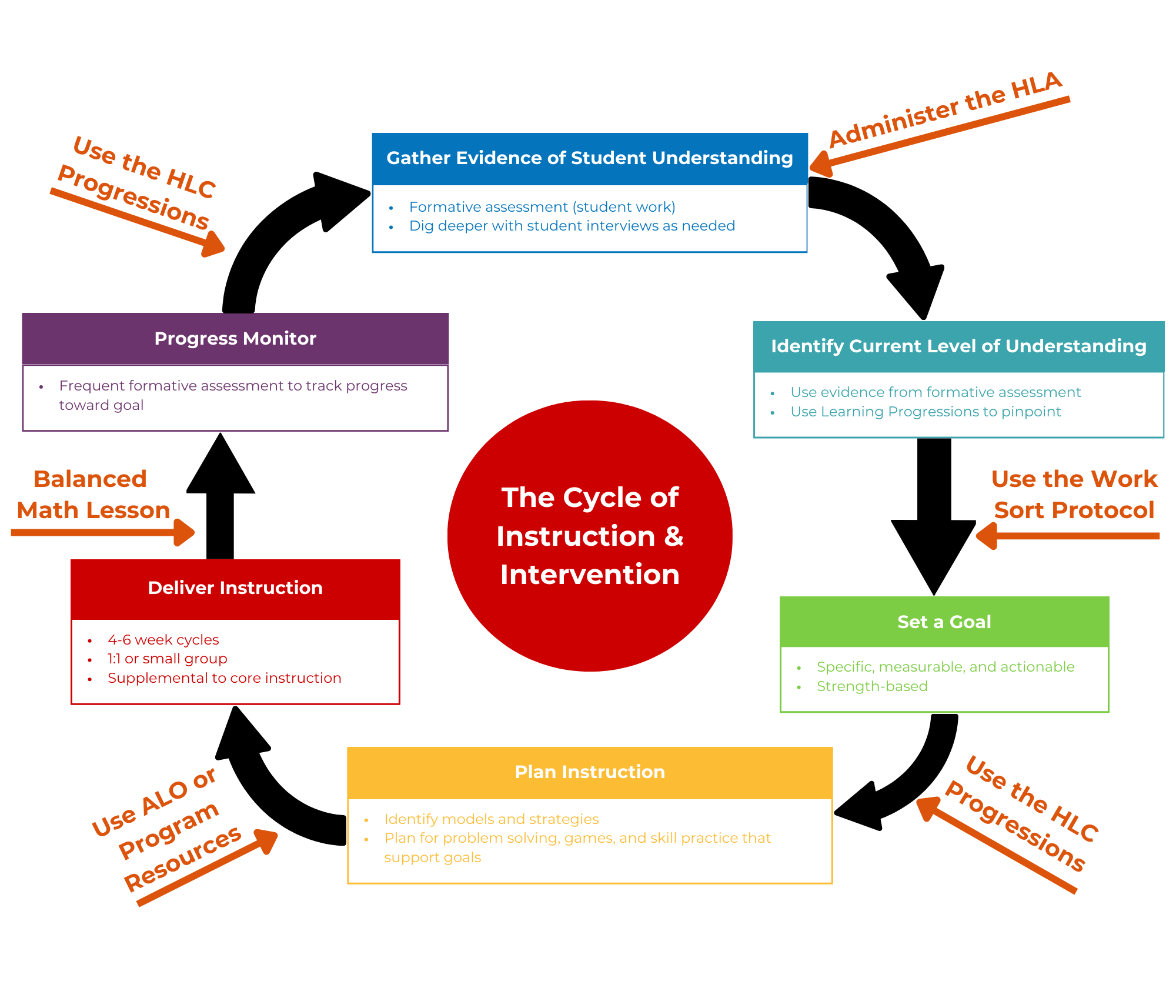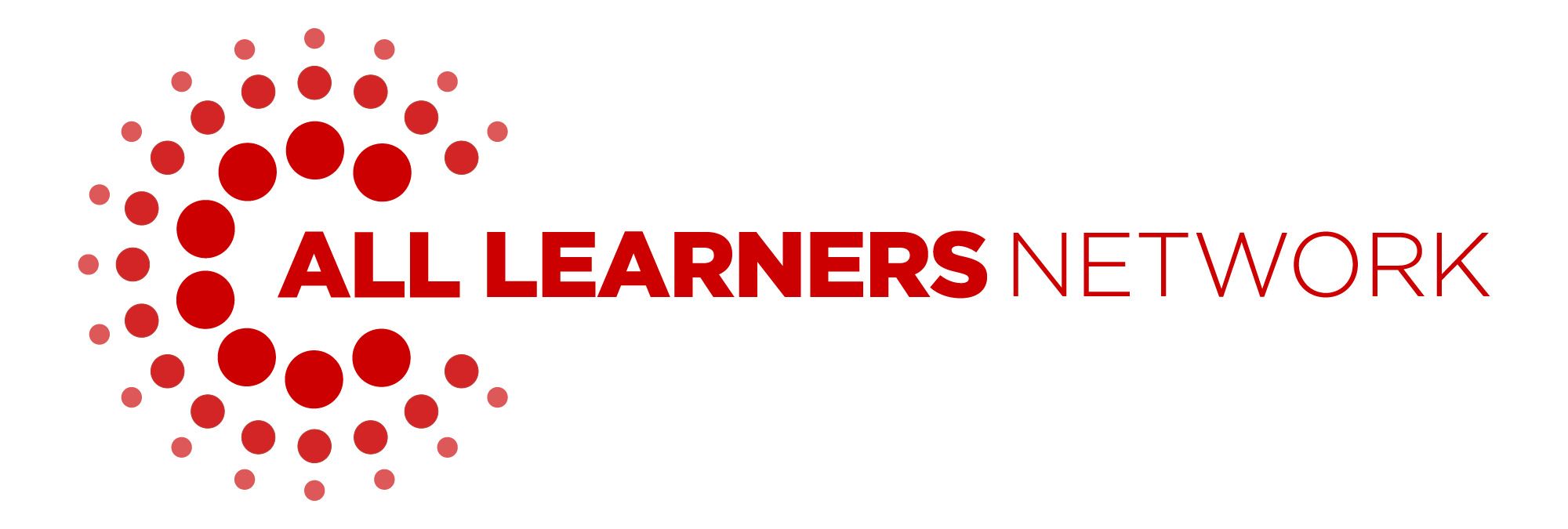
What If We Focused on Student Thinking and Not Scores?
Published: April 26, 2024
During a typical math class, we usually ask students to find solutions to rich tasks. What are we hoping to find out when we look at their responses? Are we trying to find out what they know or are we simply looking to see if they got the correct solution? At All Learners Network (ALN) our primary reason for looking at student responses is to inform our next instructional steps. Educators need to know students’ level of understanding or reasoning and any potential misconceptions to create targeted instruction. Teachers can use tasks from their programs or the resources from All Learners Online (ALO). All Learners Network’s High Leverage Assessments (HLAs) are great resources and they are designed to help teachers collect students’ evidence of understanding of the High Leverage Concepts (HLCs). This is one of the ways we support teachers in the schools and districts we work with and aligns with one of ALN’s Key Components: Formative Assessment. The High Leverage Assessments were designed to be used this way, not to generate a score, or to sort student responses into right and wrong categories. Nor do we use a rubric to score student work; we highlight student strengths through our use of the HLC Learning Progressions. The HLAs are designed to illuminate students’ strengths from which we can build. They help to empower teachers to make instructional decisions and let students know that we value their thinking.
All of ALN’s resources work together to help us use the results from the HLAs, or other rich tasks, we might ask students to engage with. We use the High Leverage Concepts (HLC) maps to help us focus on the essential math we’re trying to collect information about. We use the corresponding High Leverage Assessment (HLA) to collect student evidence of understanding about that essential math. We use the ALN Work Sort Protocol to help us determine where we can place the student work on the HLC Learning Progressions. We design our next instructional steps based on students’ understanding. This is such a powerful progression of teacher analysis, insights, and acknowledgment of student strengths. Evaluating student work for scoring purposes pales in comparison.
We have several choices after we analyze and sort student responses to the HLAs. We could:
- choose to create a Launch or a series of Launches to center more student discourse on the big idea, share strategies, and introduce models.
- choose to use another task during the Main lesson to give to the whole group because they have the same understanding or misunderstanding of the big idea. They just need more opportunities to “muck around" and talk about the big mathematical idea together.
- create Math Menu options for students to practice. This is a great option for providing students with a variety of ways to interact with the big idea. Connecting similarities and differences between these experiences deepens student understanding.
- create a small group instructional opportunity for a small set of students with very specific similar understandings, misconceptions, or needs
- do all of the above!
The HLAs are an integral part of the All Learners Instructional/Intervention Cycle. They help us identify every student’s level of understanding so we can create learning opportunities for all students.

The High Leverage Assessments were created with the goal of empowering teachers to create just-right instruction for their students along a progression of learning toward the High Leverage Concepts. Analyzing student work solely for correct and incorrect answers robs us of that power and diminishes the opportunity for our students to grow.
So, to answer the many-times asked question “Is there a rubric or scoring guide for the HLAs?” Our simple answer is “No”. However, we always back that up with support for our formative assessment process, which is the most effective use of the HLAs .
Click here for the printable version.
What Now?
1. Read chapter four of our free book, Teaching Math for All Learners to learn more about our approach to formative assessment.
2. Explore the High Leverage Concepts (HLCs), HLC Learning Progressions, and the High Leverage Assessments (HLAs). As you explore these resources, think about how you can incorporate them into your practice.
3. Bring All Learners Network (ALN) into your school or district for embedded professional development.

All Learners Network is committed to a new type of math instruction. We focus on supporting pedagogy so that all students can access quality math instruction. We do this through our online platform, free resources, events, and embedded professional development. Learn more about how we work with schools and districts here.




